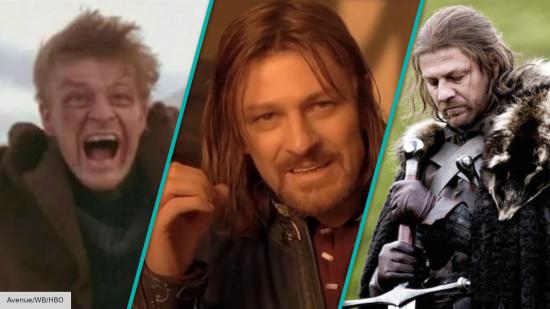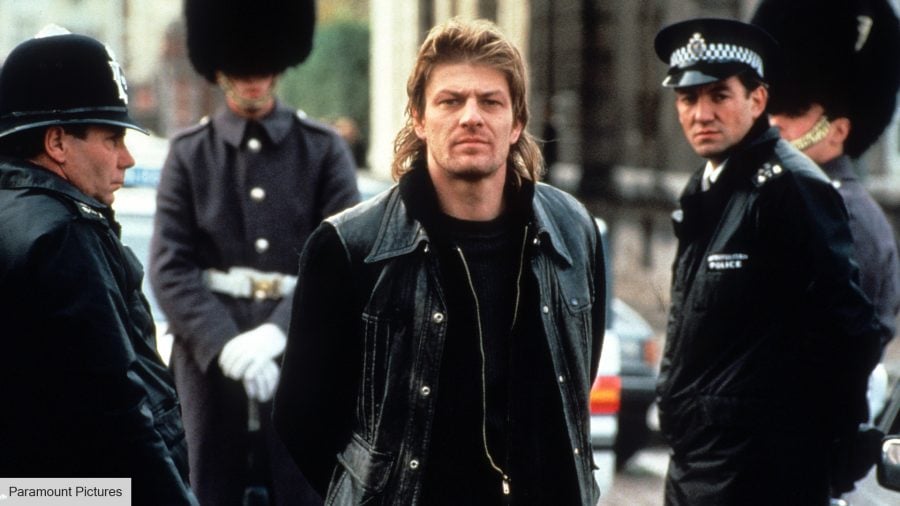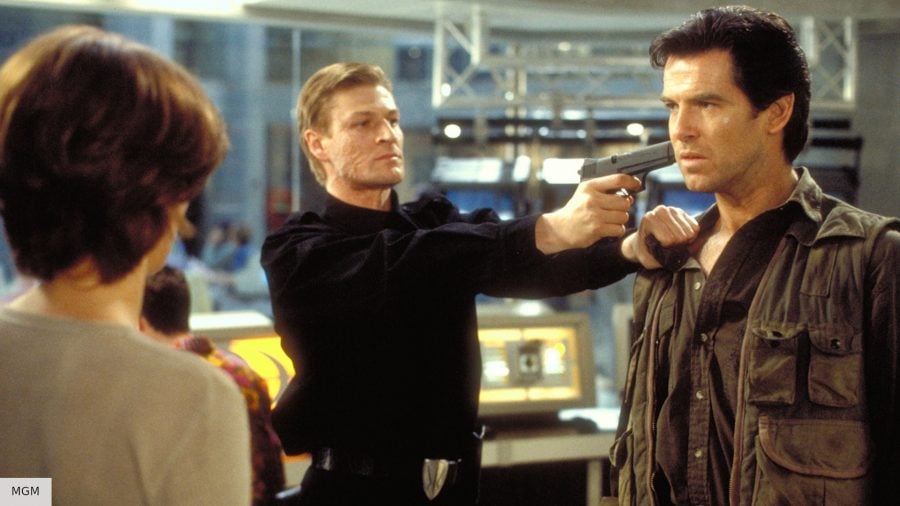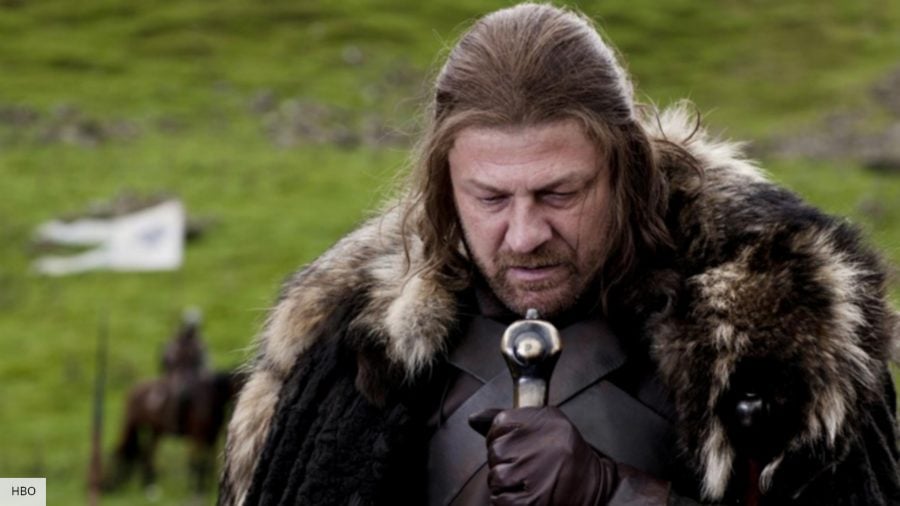Nobody controls what they ultimately become known for in Hollywood. Maybe you’ll be a great character actor, or star in a cult horror movie that’ll perpetually buoy your career. In Sean Bean’s case, it’s dying. A lot. Perhaps more than any other on-screen performer of his generation (we aren’t doing the maths).
While it’s easy to play this up as a meme, it gives Bean’s career a particular quality many others don’t have. His filmography is full of death scenes, big and small, glorious and downright comedic, from limited TV series through to blockbuster franchises. You can literally chart his entire arc as an actor by the multiple ways he’s perished on celluloid.
It makes for a fascinating, if not a little morbid, retrospective on what makes a good death. Bean is more practised than most at delivering those final words, selling that he’s been fatally shot, or just making his co-star look good. It’s all about what’s best for the film, and nobody knows that quite like someone who’s constantly wondering at what page he’s exiting production.
This trend started early for Bean in Caravaggio, a drama movie based on the life of the Baroque painter, that marked his first proper foray into feature-length filmmaking. He plays Ranuccio Tommasoni, another prominent artist who – spoilers for something that happened four centuries ago – was killed by Caravaggio after a fight.
It’s a mean exit, Ranuccio’s throat slit by his former friend. Bean gasps for air, before slumping downward. Little did he know, he’d be doing this a lot over the next several decades. A few short years later, in 1989, he’s run through by a bayonetta in War Requiem, where he’s shoved to the ground by the opposing soldier. Bean appears in an appropriate amount of pain as holes are poked in his belly, more performance muscles he’d return to over and over.
He got a reprieve from being full on murdered for 1990’s The Field, where he’s run off a cliff by a herd of cows. I won’t provide any extra context because really it’d spoil the moment for you. Suffice to say, it’s a contrast to the previous two but also a watershed moment. The camera closes in on Bean as he pretends a load of cattle are actually about to ram into him.
Cut to his body soaring through the air, and Bean’s bloody corpse is on the shore below. Dying believably is not an easy task, just look at Marion Cotillard in The Dark Knight Rises, and it’s harder still when you’ve to contend with a load of farm animals. Bean keeps us in the moment, striking a balance between emotional investment and the sheer ridiculousness of it all. We may laugh out of context, but in context, we’d be following him to the bitter end.
He’d get to die a number of different ways in the pictures that followed. He drowns in Lorna Doone, delivers a congratulatory monologue in Clarissa, and has the one and only Harrison Ford loom over him in Patriot Games after he’s impaled on an anchor. Coming from a stage background, Bean is especially good at delivering final words, finding the poetry and dramatic nuance in his character’s last moment.
All fun and games: The best thriller movies
It’d be a stretch to say he steals any of these scenes, but he often manages to at least make sure we remember him in the moments after. That’s no mean feat when up against the likes of Ford, or as in Goldeneye, Pierce Brosnan’s James Bond. The look on his face when James admits dropping him from however many feet is for personal pleasure gives just the right jab of emotional oomph to the scene.
The hero succeeding is only one part of the narrative; we also need to believe what they’re up against. Bean isn’t just good at humanising someone’s villainy, he finds a way to bear the character’s soul when they know the jig is up. That little glimmer in the eye, or a brief look of acceptance at the inevitable.
More than a few times, he’s only gotten a couple of seconds to do this. Airborne, Essex Boys, Equilibrium, and Outlaw all give him a swift death. Even still, he can fold over and lay lifeless with all the commitment of a sloth on a hungover Sunday. He fits what’s demanded of him, without over or underplaying, a sense not always common in studio filmmaking.
Perhaps his most well-known role in this context is Boromir, in The Lord of the Rings: The Fellowship of the Ring. As part of Frodo’s band of guardians, he grew covetous of the ring’s power, and tried to take it from young Baggins. When orcs attack, though, he defends the hobbits to the death, taking multiple arrows before accepting defeat.
Aragorn comforts him in his last hour, and Bean and Viggo Mortensen act up a storm. Two rangers, full of respect and admiration, who must accept this was their last battle together. Boromir almost sabotaged the entire excursion, but in these last seconds, everything is forgiven for the man he proved himself to be when it mattered, solidifying him as one of the best Lord of the Rings characters. That’s all credit to the emotional core Bean establishes in his roles.
That scene was no doubt part of why he was cast as Game of Thrones character Eddard ‘Ned’ Stark in the first season. A voice of wisdom and calm, we, like Arya Stark, are shocked when he’s beheaded. His execution is the catalyst for the rest of the show, the hook onto which almost all other narrative events hang.
That’s a lot to place on the shoulders of one actor, but nobody would’ve been better suited for the task. He’d spent his whole career training for it.



